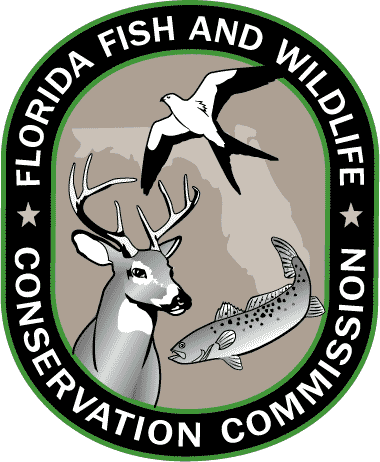Snook Season Reopening on Florida’s Atlantic Coast Only

The recreational harvest season for snook reopens on Feb. 1 in Florida’s Atlantic coastal and inland waters, including Lake Okeechobee and the Kissimmee River. The season is open through May 31.
In the Atlantic, anglers may keep one snook between 28 and 32 inches total length per day in the allowable harvest areas only. Fishermen targeting snook must have a snook permit as well as a saltwater license unless they are exempt from having a license. Using snatch hooks and spears is prohibited.
It is illegal to buy or sell snook.
The harvest of snook remains closed in all of Florida’s Gulf of Mexico state waters, including Everglades National Park and Monroe County, through Aug. 31. Anglers may still catch and release snook during the closure, but the FWC encourages everyone to handle and release these fish carefully to help ensure their survival upon release.
This Gulf closure went into effect Dec. 15, 2010, after the population was impacted by prolonged cold weather. The closure will give the Gulf snook population additional time to rebound.
Visit MyFWC.com/Fishing and click on “Saltwater” for more information on snook.

